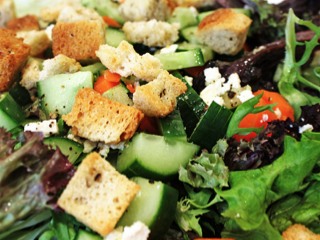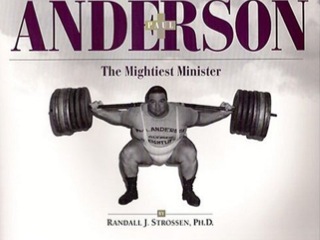This Week on Straight to the Bar
I'm constantly amazed at just how much my training is influenced by the people on this site. Whether you're looking for a new piece of equipment, an unusual exercise variation or just an idea of how others approach things, you'll enjoy these : Mizuno Wave Enigma Running Shoes Review
Mizuno Wave Enigma Running Shoes Review
Bill 'Body By Long' Long
Having just competed in the North Face Endurance Challenge, this is a perfect time to check out the Mizuno Wave Enigma running shoes. Beautiful. Welcome to the Gymchats
Welcome to the Gymchats
Scott Andrew Bird
This was a great discussion, and Google+ is the ideal platform for these conversations. Here's why.
Ready to add your own opinion, workout log or training article? Just head over to the Forums, Training Logs, or swing by the Article Submissions page. They're fantastic ways to share your ideas.
Video : Forward Step Down with Resistance Bands
This is a very interesting combination - part of a RBT series intended to minimise ACL injuries. The Forward Step Down with Resistance Bands.
Good stuff.
Gymchat 133 : Workout Nutrition
The other side of training - nutrition.This week we're continuing our series on diet, looking at Workout Nutrition. What to consume before/during/after a workout, how it changes based on workout type, and why it all works. The good stuff.
Helping us explore this fascinating topic is none other than Examine.com's Kurtis Frank. Fantastic.
Details -
Who : Strength-training fans
Topic : Workout Nutrition
When : Wed Aug 31, 9pm EDT (1am UTC)
How : Post a comment, question or reply
If you've never been to one of these discussions before, here's how to join in the fun. Simple, quick to set up and free.
And to see when it's on in your timezone, head over to the calendar.
Quick update on last week's gymchat : Thanks once again to everyone who took part in the discussion on Finding a Personal Trainer. Some superb ideas in there.For those who missed out on the conversation, here's the direct link. Was a great one.
Tip of the Week: Tearing Your First Deck of Cards - Squeeze your Thumb
Each week we publish a number of tips and techniques via twitter, Google+, the forums, the blog; and now the newsletter. Wherever you are, there's always a way to improve what you're doing.
This tip comes to us in the form of a card-tearing technique correction from Jedd 'Napalm' Johnson, and shares an oft-overlooked part of the tearing process. The importance of the thumb.
From the article Three Technique Corrections for Tearing Your First Deck of Cards :
Many people fail to realize the importance of the thumb in tearing a deck of cards and barely engage it. The thumb can be used to secure the deck of cards in your hands by pressing hard against the side of the deck. The thumb can also be used to wrap over a fingertip or two to increase your crimp grip power on the outside cards.
Good stuff.
Checking Out : The BXT (Body Xtreme Trainer)
This looks fantastic.The BXT is a progressive resistance tool for assisting with things like handstands, pushups and a whole lot more. It also serves as a suspension trainer of sorts, for a standard full-body workout.
Looks great. Anyone here tried one?
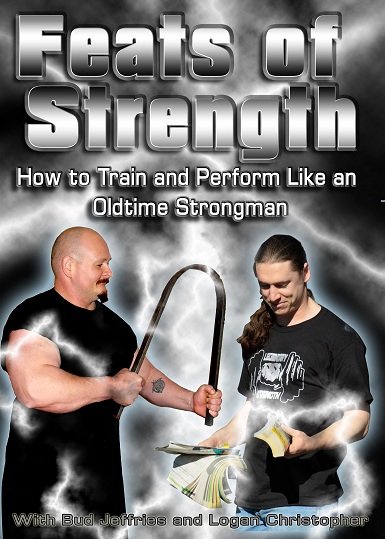 Quick update on the Feats of Strength DVD : Last week we noted this incredible resource. Fantastic.
Quick update on the Feats of Strength DVD : Last week we noted this incredible resource. Fantastic.
If you're keen to incorporate some old-time strongman techniques into your own training, Feats of Strength is a perfect place to start.


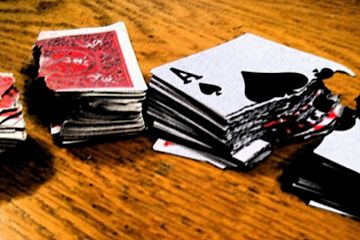
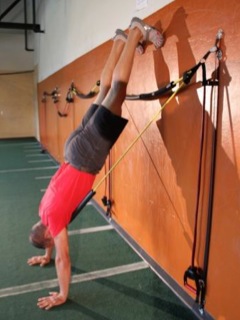

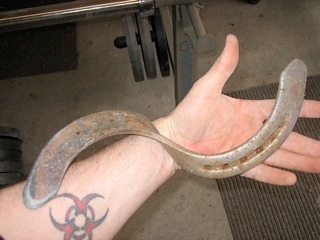


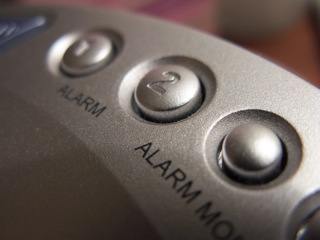


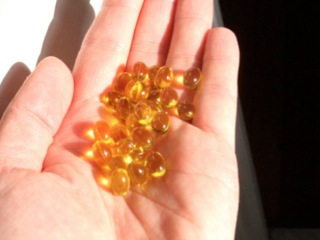
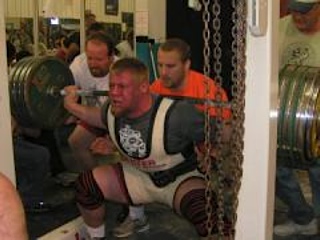
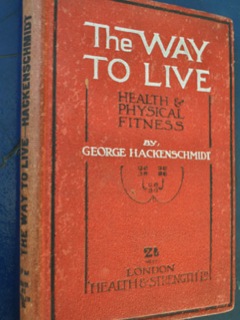

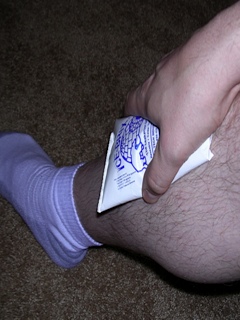
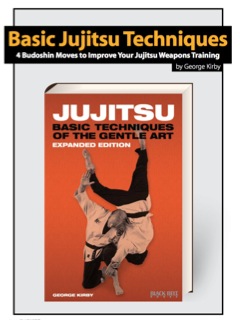

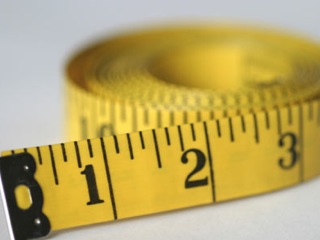
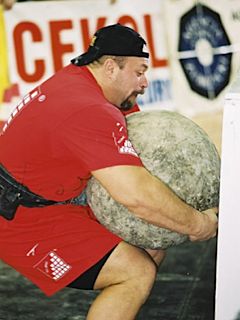



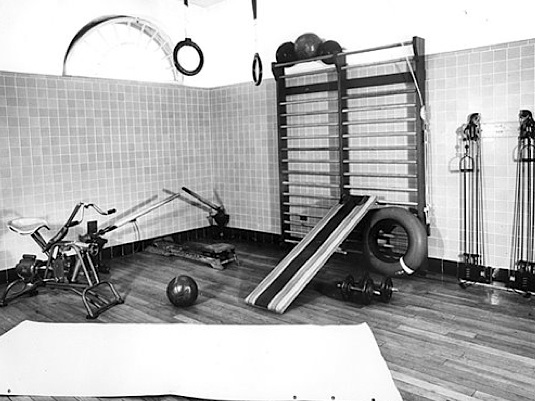

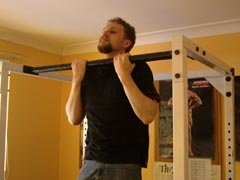 The final bar is now a little under 5cm/2" in diameter (not quite as large as I'd like, but much better than it was), and presents just a little more of a grip challenge.
The final bar is now a little under 5cm/2" in diameter (not quite as large as I'd like, but much better than it was), and presents just a little more of a grip challenge.

